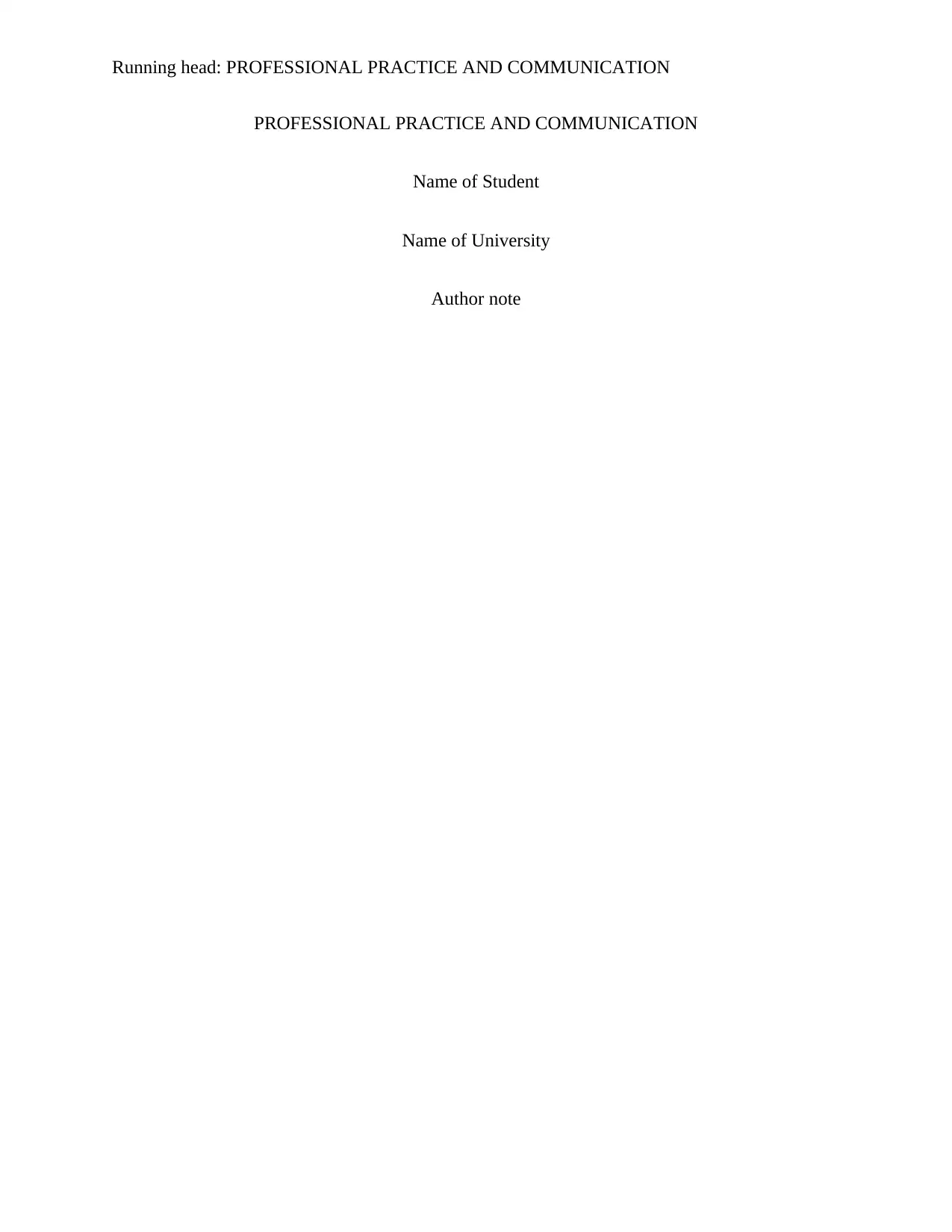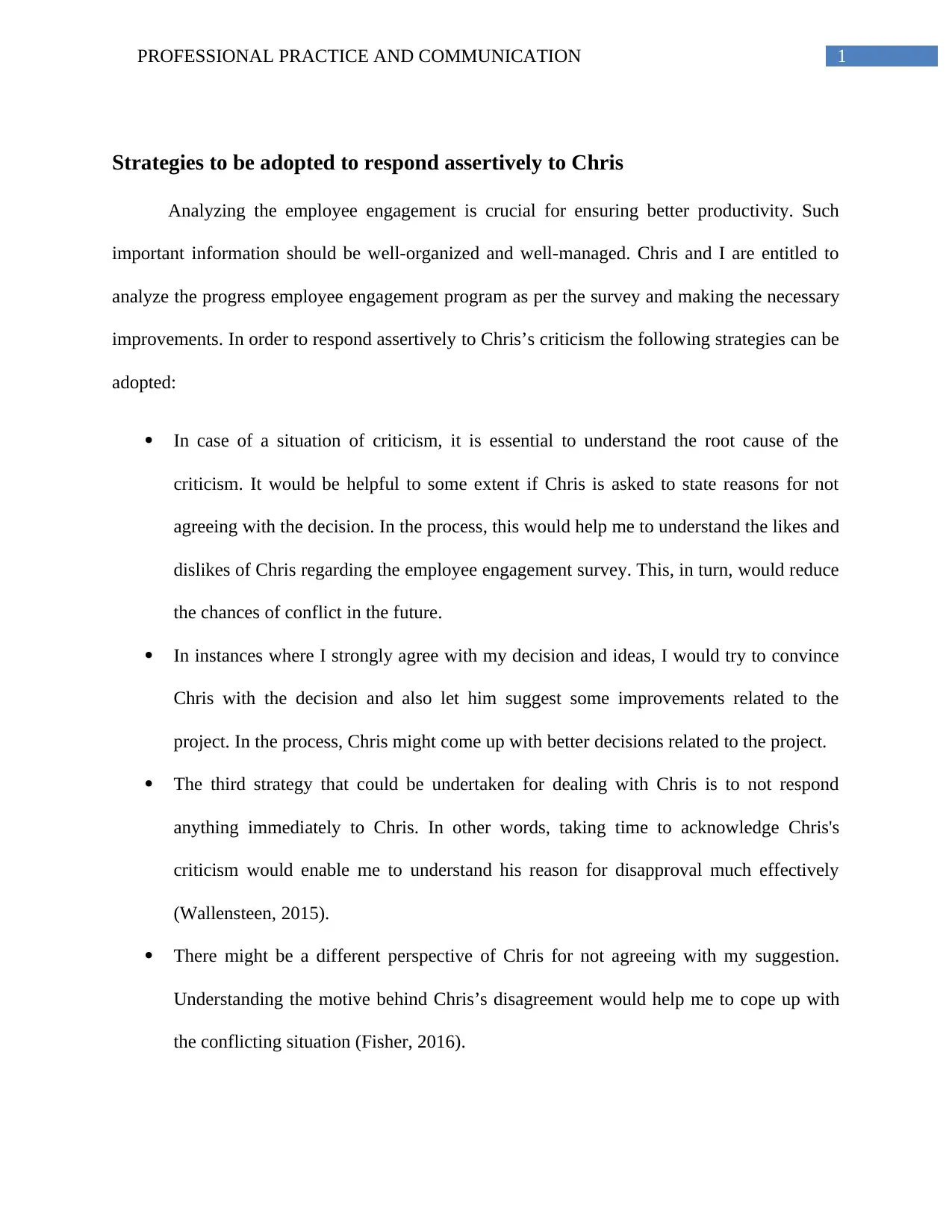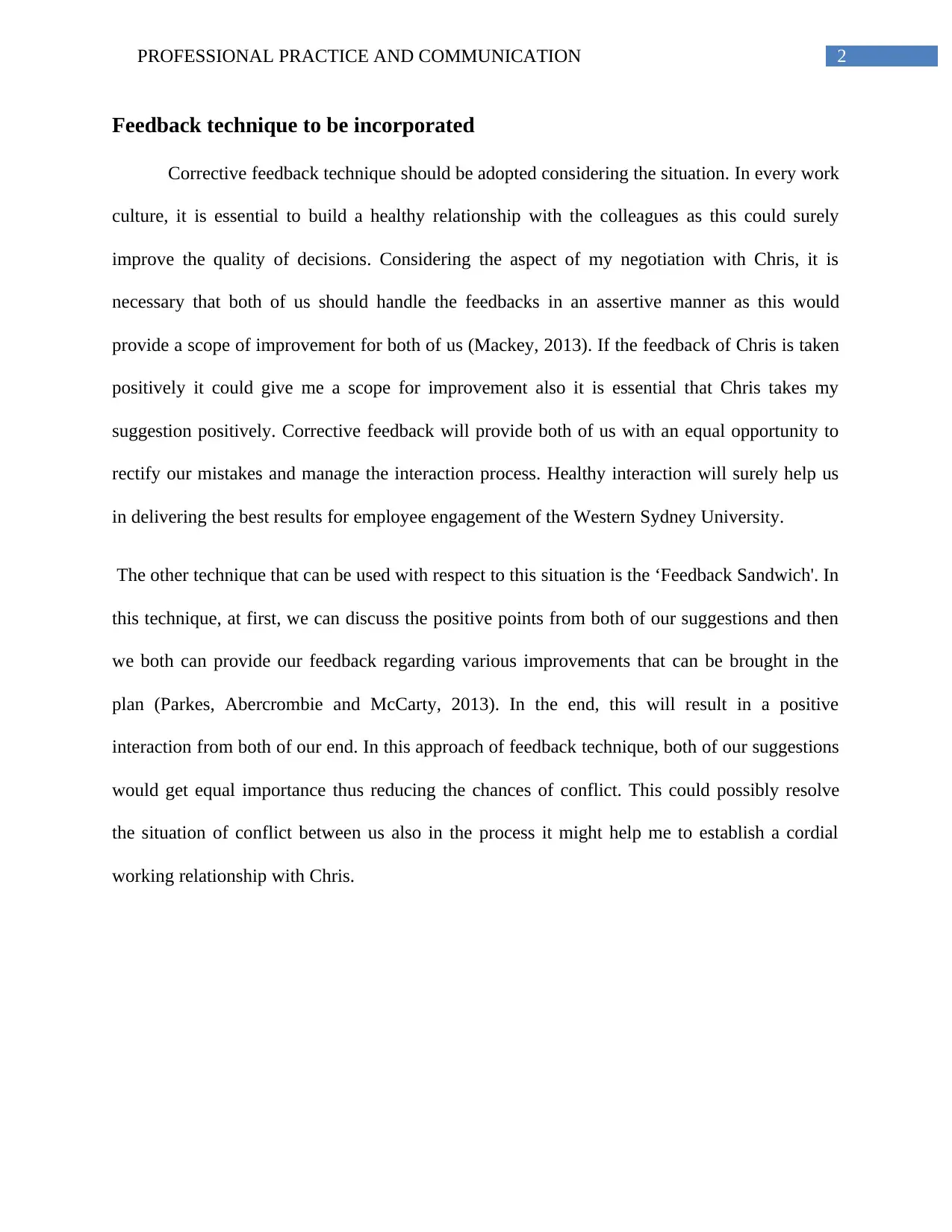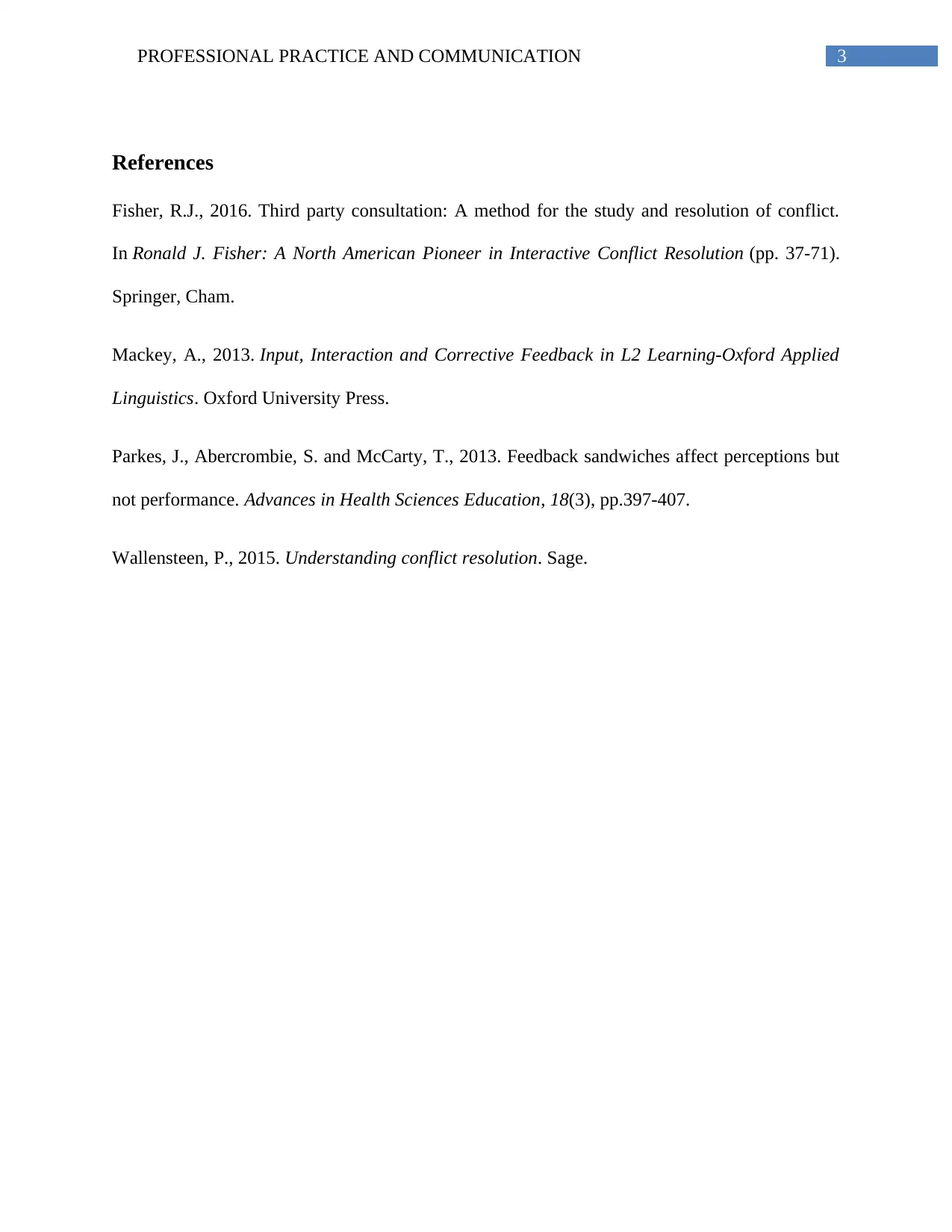Professional Communication: Assertive Responses and Feedback Analysis
VerifiedAdded on 2023/06/13
|4
|714
|421
Essay
AI Summary
This essay delves into the application of assertive communication strategies for effectively responding to criticism in a professional setting, particularly focusing on a scenario involving differing opinions on an employee engagement program. It emphasizes understanding the root cause of criticism, seeking collaborative improvements, and acknowledging concerns before responding. Furthermore, the essay advocates for the incorporation of corrective feedback techniques, such as the 'Feedback Sandwich' method, to foster healthy working relationships and improve decision-making. The goal is to promote positive interaction, equal consideration of ideas, and conflict resolution, ultimately enhancing employee engagement at Western Sydney University. The document is available on Desklib, a platform offering study tools and resources for students.
1 out of 4









![[object Object]](/_next/static/media/star-bottom.7253800d.svg)